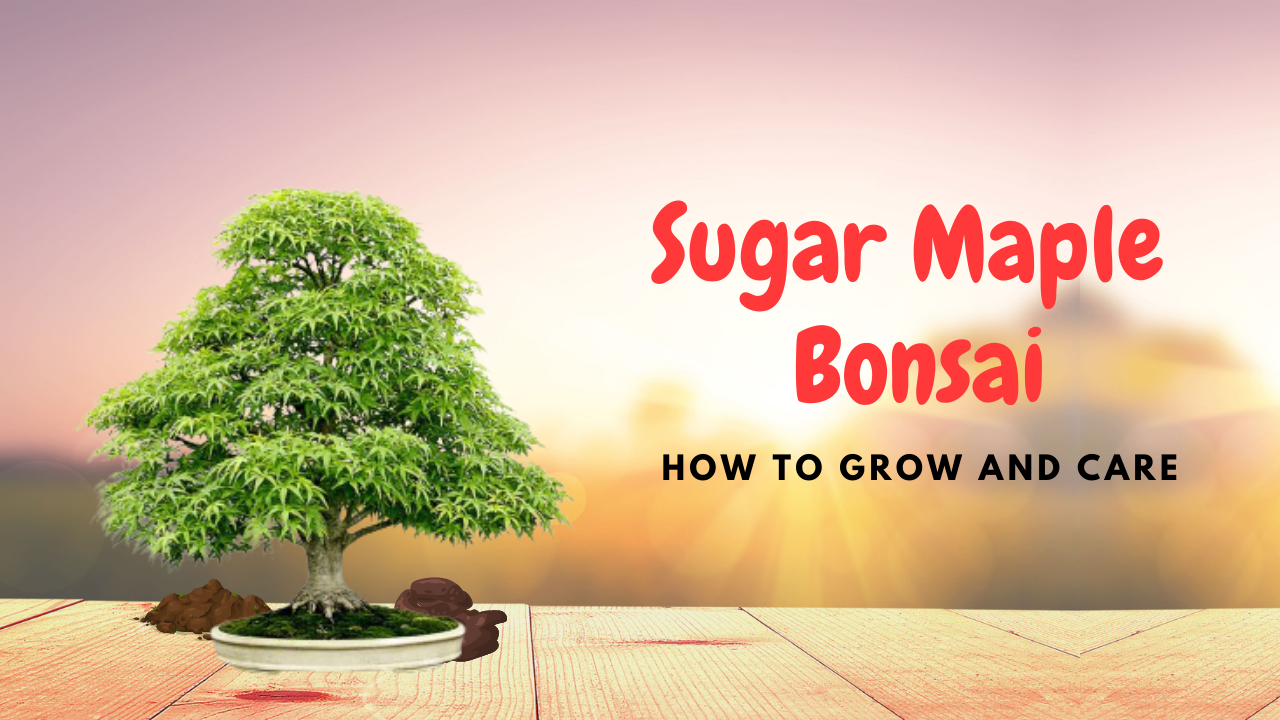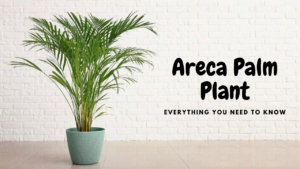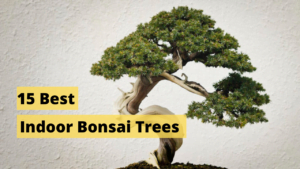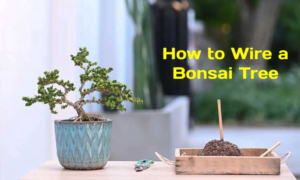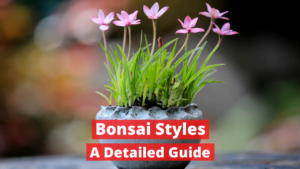One of the most beautiful bonsai trees is the Sugar Maple bonsai tree! With its blooming red leaves, it will brighten up your home and your garden. If you want a dash of red to beautify your home, this is the perfect guide for you to grow your own Sugar Maple Bonsai Tree!
What Is a Sugar Maple Bonsai?
The sugar maple bonsai tree is a type of American maple tree that may reach a height of 80 feet and a width of 60 feet. As a result, cultivating one as a bonsai requires patience and time. And the payoff is worth it with its bright red-orange foliage in the fall.
There are many different types of sugar maple bonsai trees. The most popular ones are listed below:
- Acer saccharum
- American maple
- American maple bonsai
- American sugar maple
- Canadian maple
- Canadian maple bonsai
- Canadian sugar maple
- Maple bonsai
- Sugar maple bonsai tree
- Sweet maple
It also has 17 cultivars, as it belongs to the Sapindaceae family. It is recognised for its color-changing leaves as well as being the principal supplier of maple syrup.
How to Grow Sugar Maples From Seed
If you want to grow your sugar maple bonsai from the very start, look no further. This is your step-by-step guide to grow sugar maple bonsai from seeds.
- In the fall, when the sugar maple seeds are ready, collect them. Around September and October, the winged seeds begin to fall from the tree as they ripen. When sugar maples reach the age of 30 years, they begin to produce seeds.
- Soak the seeds in water at room temperature for up to 48 hours. This weakens the covering, allowing the seeds to absorb the moisture they need to germinate.
- In a small planter, put each seed in a seed-starting medium. 1/4 to 1 inch of soil mixture should be applied to the seed. Wrap the pot with plastic film after thoroughly moistening the soil.
- Use your refrigerator or another cool spot to stratify the sugar maple seed at temperatures from 33 to 46 degrees Fahrenheit. Allow the seed to stratify for 90 days, looking for germination on a weekly basis.
- When germination happens, remove the planter from the freezer and remove the plastic sheet. To encourage development, position the planter in a warm environment with indirect sunshine. Keep the soil moist at all times.
- Transfer the sugar maple sapling to a larger container when real leaves grow. Place the planter in the sun in the morning and shade in the afternoon. Monitor the soil at least twice every week for soil moisture. When the top layer of the soil seems dry, water it. Allow enough water to reach the tree seedling to keep the soil moist, but allow water drain to prevent soggy conditions.
How to Grow Sugar Maple Bonsai from Cuttings:
Growing a sugar maple bonsai from seeds takes more time than growing it from a cutting. Also, the end result may vary from the mother plant and can take years to show results. So, propagation through softwood cuttings has a higher success rate in terms of time and has the exact features of the mother plant.
1) Trim the selective branches from the mother plants with bonsai shears. The branches should be woody in texture and half to one inch thick.
2) You can opt for two methods water rooting or soulless potting mix. In the water rooting method, you will have to move the rooted cutting in the soil later.
3) Choose the branches that have healthy buds.
4) Dip the cuttings in filtered water till they start to form roots. The rooting will take about two weeks and meanwhile, you need to replace the water from time to time. After root growth, they are ready to be planted in proper soil.
5) Dipping the cuttings in root growth hormones is optional but useful.
6) Place the cuttings in a shady location where they can get indirect sunlight while staying warm.
Sugar Maple Bonsai Care
Sugar maples are more difficult to train than Japanese maples, so getting one to develop in miniature form will take some time and effort. But nothing is impossible, if you put your time and love into it.
| Water | Daily during the growing season |
| Light | Full sun to partial shade |
| Humidity | Moderate |
| Temperature | Below 90 F |
| Fertilizing | Use a solid fertilizer (only indoors) at a ratio of 10:10:10 2 times/month. |
| Grooming | Maintain by using the art of bonsai pruning. |
| Soil | Well-drained loamy soil or sandy soil with a lot of humus. |
Location
Since the sugar maple is a bigger tree than what is commonly used for bonsai, many people prefer to grow them outside. Because the sugar maple thrives in the cold, you won’t have to bother about taking it inside during the winter. Assume, however, that you reside in a location where the temperature never drops below freezing. In that scenario, you’ll need to figure out a means to bring your sugar maple inside for a portion of the year.
They do not thrive in warm temperatures and must be kept at temperatures below 32 degrees to remain dormant.
Water
Always water your bonsai tree when it becomes absolutely necessary. Based on whether your tree is outdoors or indoors and the humidity levels, this could mean once a week or once a day. However, you need to water it every day during the growing season.
Remember that if it’s outdoors, nature will water it as well, so don’t overwater it. If your tree is outside, water it first thing in the morning so it has time to absorb moisture before it becomes too hot. Also, avoid getting the leaves moist, as this might cause burning.
Light
Sugar maples thrive in direct sunlight to partial shade. If you’re going to grow your sugar maple as an outdoor bonsai tree, make sure it doesn’t get too much direct sunshine. The leaves might be scorched if they are exposed to too much direct sunlight.
Humidity
The sugar maple, like most maple trees, is tolerant to a wide range of circumstances. Nonetheless, it dislikes both high and low humidity. Assume you’re cultivating your sugar maple bonsai in the open air. You won’t be able to manage the humidity in such a situation, however living in the same location as your tree will help.
Temperature
As indicated previously, the sugar maple bonsai doesn’t really enjoy heat, although it can survive it for a brief time. Temperatures above 90 degrees are harmful to your tree, but it will survive if you keep it hydrated and shaded. It may be preferable if you have it potted so you can move it indoors if it becomes too hot where you live.
Soil
Your sugar maple bonsai prefers sandy soil with plenty of humus or well-draining loamy soil. The tree, on the other hand, can thrive in almost any soil, including light or loose clay. The only medium in which your bonsai will not thrive is sand with little humus or compacted soil that does not drain effectively.
Fertilizer
You don’t have to fertilize your tree as much if it’s outside like you would an inside tree. The roots stretch deep into the earth and obtain their nourishment from biological waste once they have established themselves. Once a month, feed it with a liquid fertilizer developed specifically for sugar maples. Ensure you combine it with water according to the directions.
If your tree is kept indoors, fertilizer should be applied twice a month. However, just as with an outdoor tree, be sure the fertilizer you apply is appropriate for your tree. You don’t want to over-fertilize it because it will damage the roots.
Pruning
Pruning sugar maple bonsai is a skill. It’s not the same as any other type of pruning. For pruning and sculpting your tree, you’ll need a range of bonsai tools.
There are some tools that you must have for pruning. For trimming branches, twigs, and roots, traditional shears are butterfly-shaped. Shears with a straight handle are made to fit into confined quarters and reach deep places. Concave cutters are powerful but precise tools for chopping branches and roots, giving the tree a concave bite for faster recovery.
Knob cutters have a straight cutting edge, similar to concave cutters, and are used to remove roots and branches. Wire cutters with long handles cut away wires without cutting into the tree. Jin pliers are used to peel back bark to give it a natural aged appearance.
Trunk splitters must be capable of cutting with leverage from the ideal pivot point. Rakes are used to work the soil during general maintenance. Small rakes are used to gently remove soil from around the roots.
Wiring and Styling Sugar maple bonsai:
Wiring and styling sugar maple bonsai should be done in the winter, just after the leaves have dropped, or at the end of the spring, just after the new leaves have set off. Keep in mind that if you put the wire in winter, it is best to avoid extreme bending branches, as this can generate dieback in the following spring season.
Utilize aluminum wire for these species, as it is gentler on the bark and will induce minor damage. The wire will probably need to be removed within one to two months after installation to avoid biting into the branches and leaving nasty marks.
Common Problems with Sugar Maple Bonsai Trees
Verticillium wilt, anthracnose, and cankers can all affect sugar maple bonsai.
If the backs of your leaves have tan or brown spots, your tree may very well have anthracnose. Anthracnose is a fungus that infects the leaves and stems of trees and shrubs in the spring. Because the fungus is caused by cool, damp weather, you can dry the tree as often as possible to stop the progression.
Cankers are dead branches or bark sections. An injury, bacterium, or fungus can all destroy them. Damaged areas should be trimmed and removed. To avoid this from happening again, make sure you use proper pruning techniques.
Verticillium wilt can cause your sugar maple bonsai leaves to lose color, wilt, or curl. It’s not easy to dispose of, although solarization might help. Trim any dead leaves and make sure your tree receives the proper quantity of fertilizer and water.
Pest infestations such as aphids, borers, and scale bugs can potentially harm your sugar maple.
Aphids are little green bugs that feed on your tree’s nutrition. Curled leaves, sticky leaves, black mold, and ants are all signs of an infestation. Water your tree every other day until the insects are gone, then add neem oil and insecticidal soap.
Borers exist in a variety of forms, but they’re still harmful to your tree. The leaves may be falling and drooping. Drought is the most common cause of borers, so ensure your tree receives enough water. To get rid of them, use a trunk spray containing permethrin, bifenthrin, or carbaryl.
Scale bugs are microscopic insects that feed on your tree’s sap. They will result in yellow leaves, limb death, and a tree that is unhealthy in general. Pruning out the limbs and using neem oil or insecticidal soap are the best ways to get rid of the problem.
FAQs
Q1. What is sugar maple used for?
In the wild the wood of the sugar maple tree is valued for being tough, heavy, and powerful; common benefits or uses of the hardwood include furniture, flooring, and surfaces as well as tool handles, musical instruments, and bats.
Q2. What is the difference between regular maple and sugar maple trees?
It’s normal to mistake red maple for sugar maple cause their appearance is uncanny. To differentiate them, look at the leaves. The borders of red maple’s leaves are more toothed, while sugar maple’s leaves have softer edges. Sugar maple leaves turn colors of scarlet, orange, and yellow in fall.
Q3. Is sugar maple good for bonsai?
Also known as the maple bonsai, sugar maple trees are known for their powerful and resilient personality. Their leaves are brightly shaded, and their barks are hard. The bonsai quest to develop a Sugar Maple as a houseplant, however, is not as prosperous as its Japanese maple bonsai, but still, they can make great bonsai.
Conclusion
This is a complete guide to growing and caring for your beautiful sugar maple bonsai tree. Tell us in the comments if you’ve started growing your own sugar maple bonsai tree and how is it going!
Related Articles
- Grow Lush Areca Palms Easily: Ultimate Guide with Top Benefits & Care Tips
- Mogra Flower Plant – How to Grow, Care & Benefits
- Champa Flower Plant – How to Grow, Care & Benefits
- 15 Best Indoor Bonsai Trees for Beginners
- How to Wire and Shape a Bonsai: A Complete Beginners Guide
- Bonsai Styles – A Detailed Guide for Beginners

